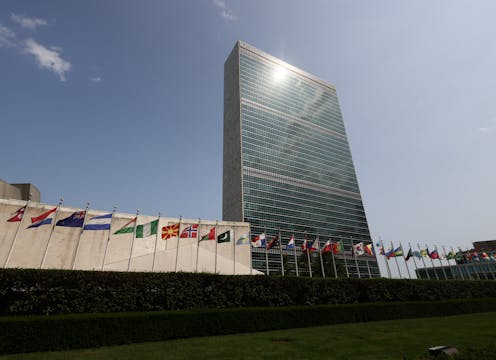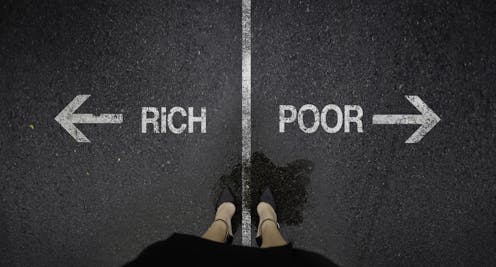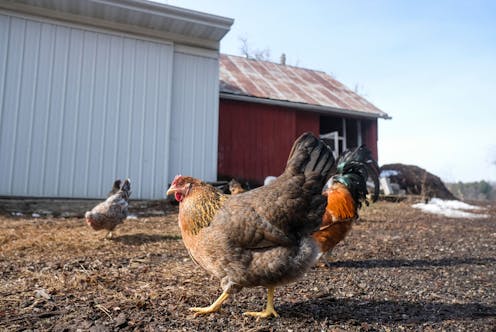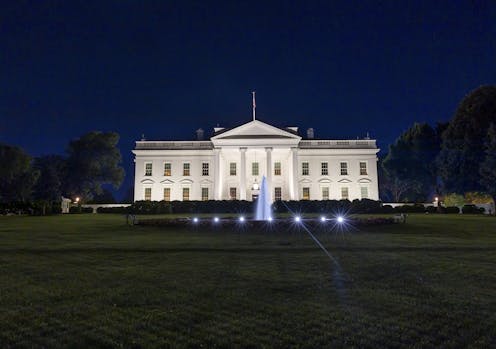Home ownership is slipping out of reach. It’s time to rethink our fear of ‘forever renting’
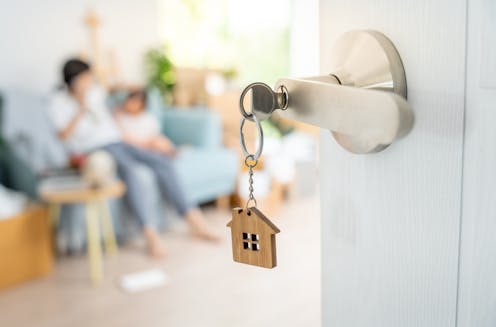
A wide range of voices in the Australian media have been sounding the alarm about the phenomenon of “forever-renting”.
This describes a situation in which individuals or families are unable to transition from renting to home ownership, due to rising property values and wages that can’t keep up.
Forever-renting is often framed as a terrible condition that should be avoided at all costs – that renting is only acceptable in the short term, as an individual or family saves for a down-payment.
The underlying implication is that the ultimate goal in life for just about every Australian should be to own a house – or at least a condominium unit.
This only serves to stigmatise renters, who currently make up nearly a third of Australian households. Demographic research indicates about 15% of Australia’s population changes address every year. Many of these moves require rental accommodation.
And, yes, millions of Australians will rent for their whole life.
Clearly, we need to change our thinking around renting to bring it into step with reality. We must accept that the proportion of renters may never go down – or may even increase – and that that’s not necessarily a bad thing.
Where did this attitude come from?
The Australian tradition of home ownership was established in the early decades of European settlement. To make what we now call the “Australian dream” happen, the continent had to be treated as a tabula rasa, or blank slate. A mass of Indigenous people were dispossessed.
Migration to Australia offered impoverished Britons an opportunity to own a house and plenty of land. In the old country, in contrast, real estate ownership had been a privilege of the gentry. Postwar waves of immigrants from southern Europe and East Asia were also intent on home ownership.
In a low-density nation with smallish cities and cheap land, owning a home made sense. Now, urban land is no longer cheap and our cities have sprawled beyond what’s sustainable.
Renting can have advantages
The first step towards rethinking renting as a norm is acknowledging it can have some significant and often overlooked advantages. For some, renting is a lifestyle preference.
Ownership comes with burdens such as house and garden maintenance. This makes renting much more convenient and carefree for some demographics, including young people and older adults.
Another key advantage of renting is the employment flexibility it can provide. Renters can look for work outside their commute range and are less tied to particular employers.
There’s some evidence that high levels of home ownership could even damage the overall labour market.
Previous research by the US National Bureau of Economic Research has shown that increasing home ownership leads to less labour mobility, longer commutes, and fewer new businesses because homeowners are less likely to move.
Safe as houses?
One common argument against renting is that investing in your own home is a “safe bet”. But we perhaps need to rethink this unquestioned reliance on housing as a store of wealth. Those who enter the housing market for investment purposes should be aware of several issues.
Over the long term, housing prices have historically shown a general upward trajectory, driven by population growth and limited land supply in desirable areas.
In the short term, however, housing prices can be quite volatile. They may move up, down, or stay the same. This depends on broader economic cycles, market conditions and interest rates.
Think of the housing bubble in the United States, which led to a global recession in 2008, or the current downturn in China.
The cycles in property prices are often worsened by psychological biases that can lead to overoptimism during booms or panic during busts. Investors may win or lose.
Compounded by climate change
In the contemporary era, we also need to factor in climate change. Areas that are currently desirable may become unappealing before too long – due to heatwaves, floods or fires.
Natural disasters, or even just growing disaster risks, can prompt large drops in property prices and massive population movements.
To illustrate: during the pandemic, South East Queensland began to draw many domestic migrants as other states struggled to contain the virus.
People from cooler southern states were also attracted by the region’s mild winter climate. In 2024, Brisbane became Australia’s second-most expensive city for property values.
That might appear to bode well for property buyers who’ve invested millions of dollars. But one 2019 study has predicted that temperature rises could make Brisbane “unbearably hot” by 2050.
In this context, renters may be more adaptable than owners.
A more renter-friendly Australia
None of this is to argue that everyone should be a renter, or that renters should be left to the whims of the market.
In Australia, current rent increases are outpacing both wage growth and inflation (CPI). The rental affordability crisis has driven a recent surge in homelessness.
There is a wide range of policy tools available to us, many of which have been shown to work relatively well in other countries and could be adopted here.
These include:
More vulnerable renters, including people with disabilities, single parents, victims of domestic abuse, those on low incomes, and older retirees, need extra protections.
The supply of rental units should also be increased, through build-to-rent and granny flat construction, for example.
Landlords should not be vilified either. In an unregulated market, they are often cast as “robber barons” and “social parasites”.
If tenants were protected from excessive rent increases and evictions, landlordism could also be recast as an essential service that yields reasonable profits to providers.
Authors: The Conversation





